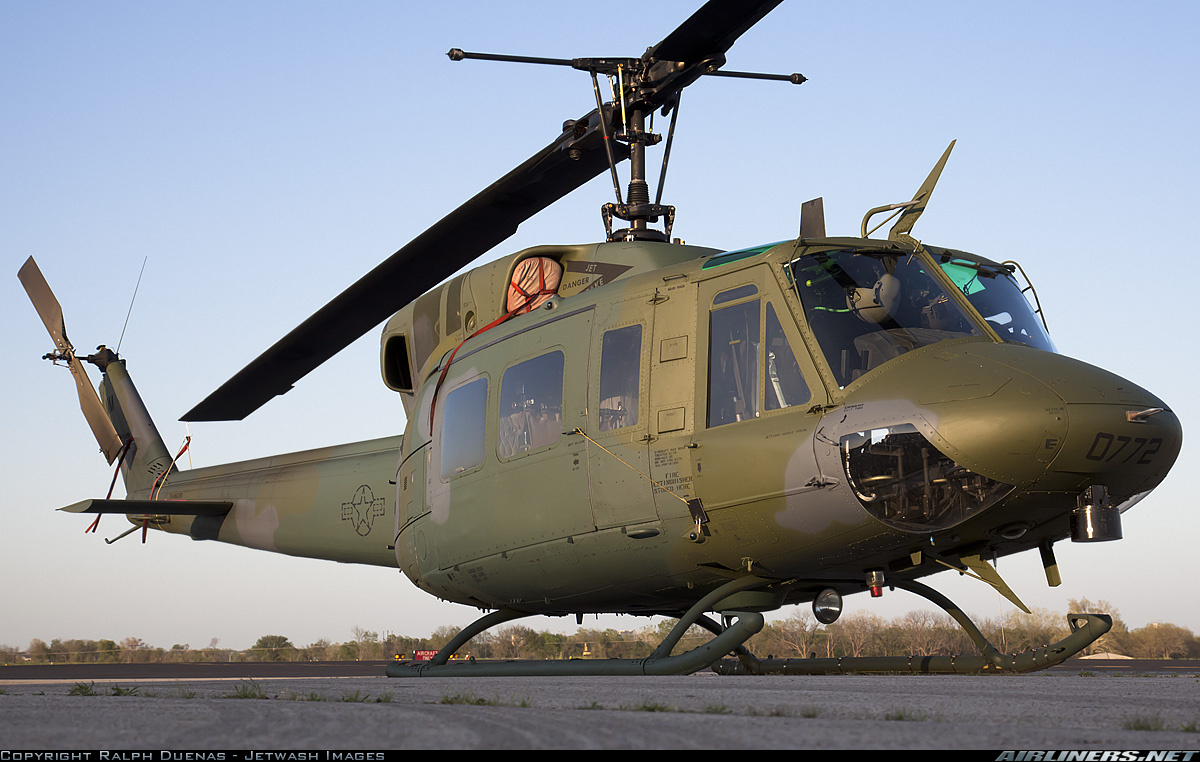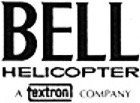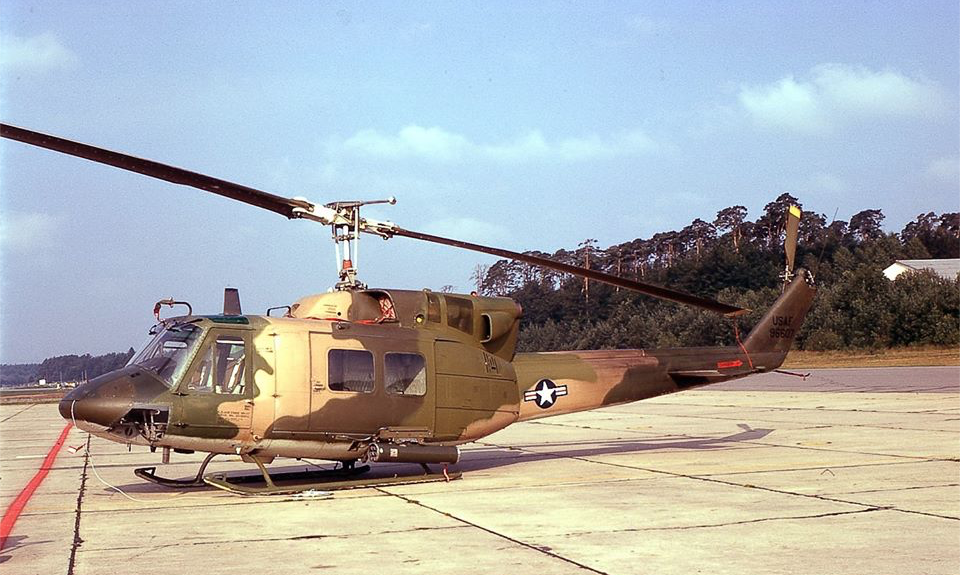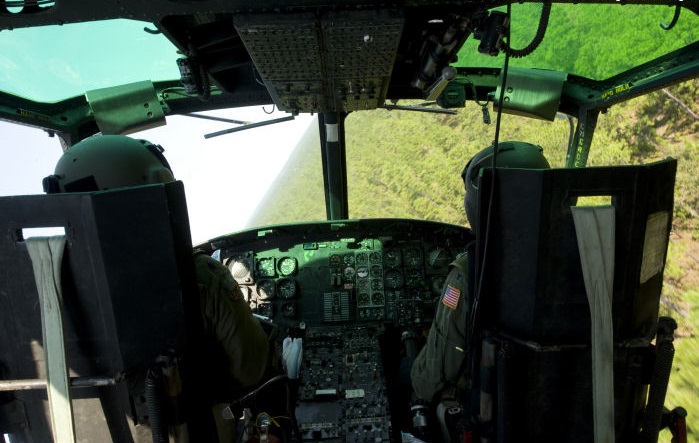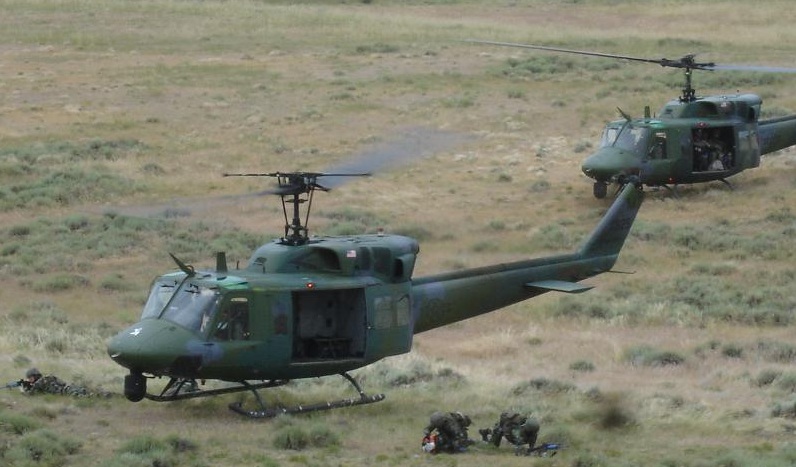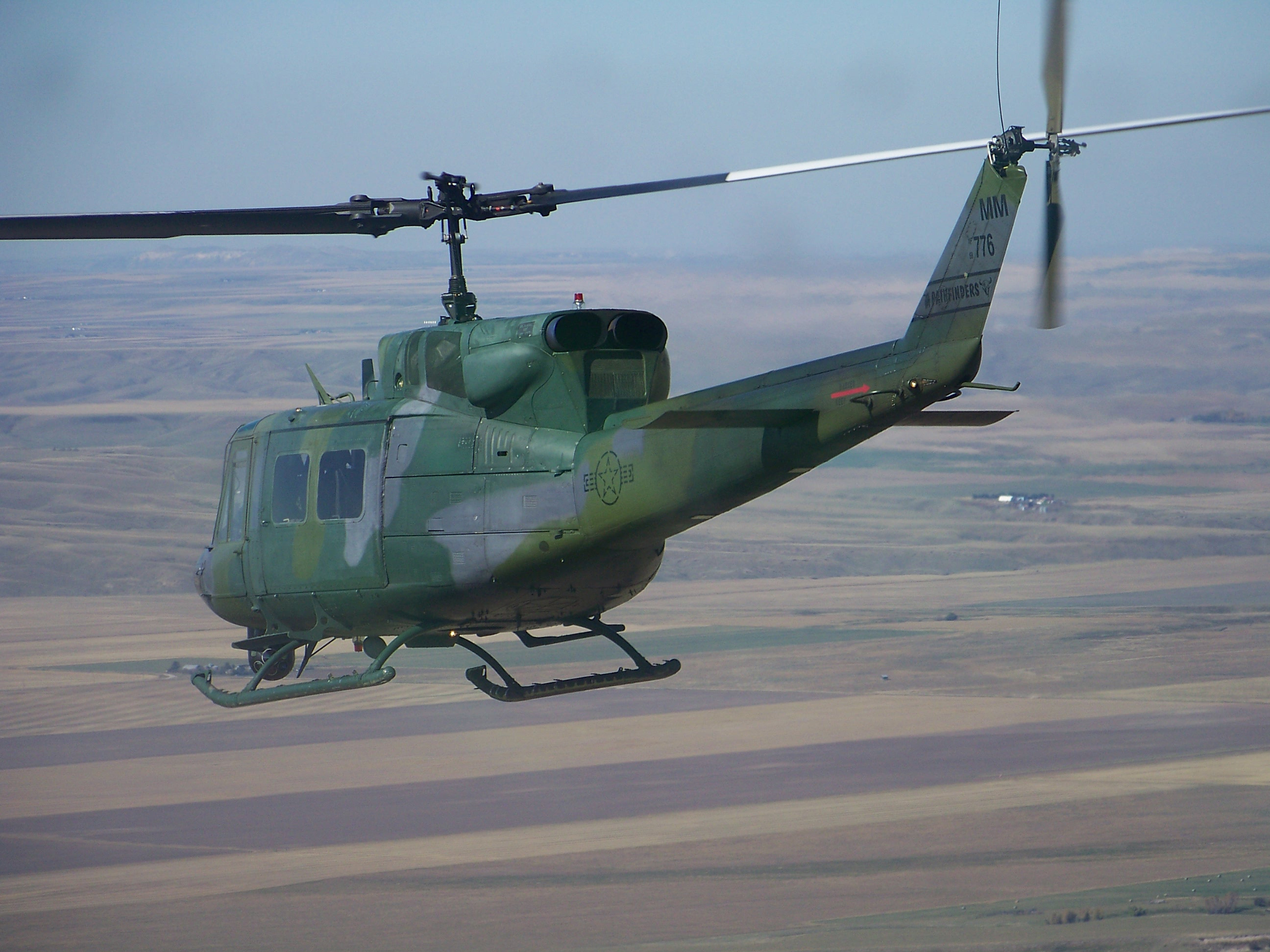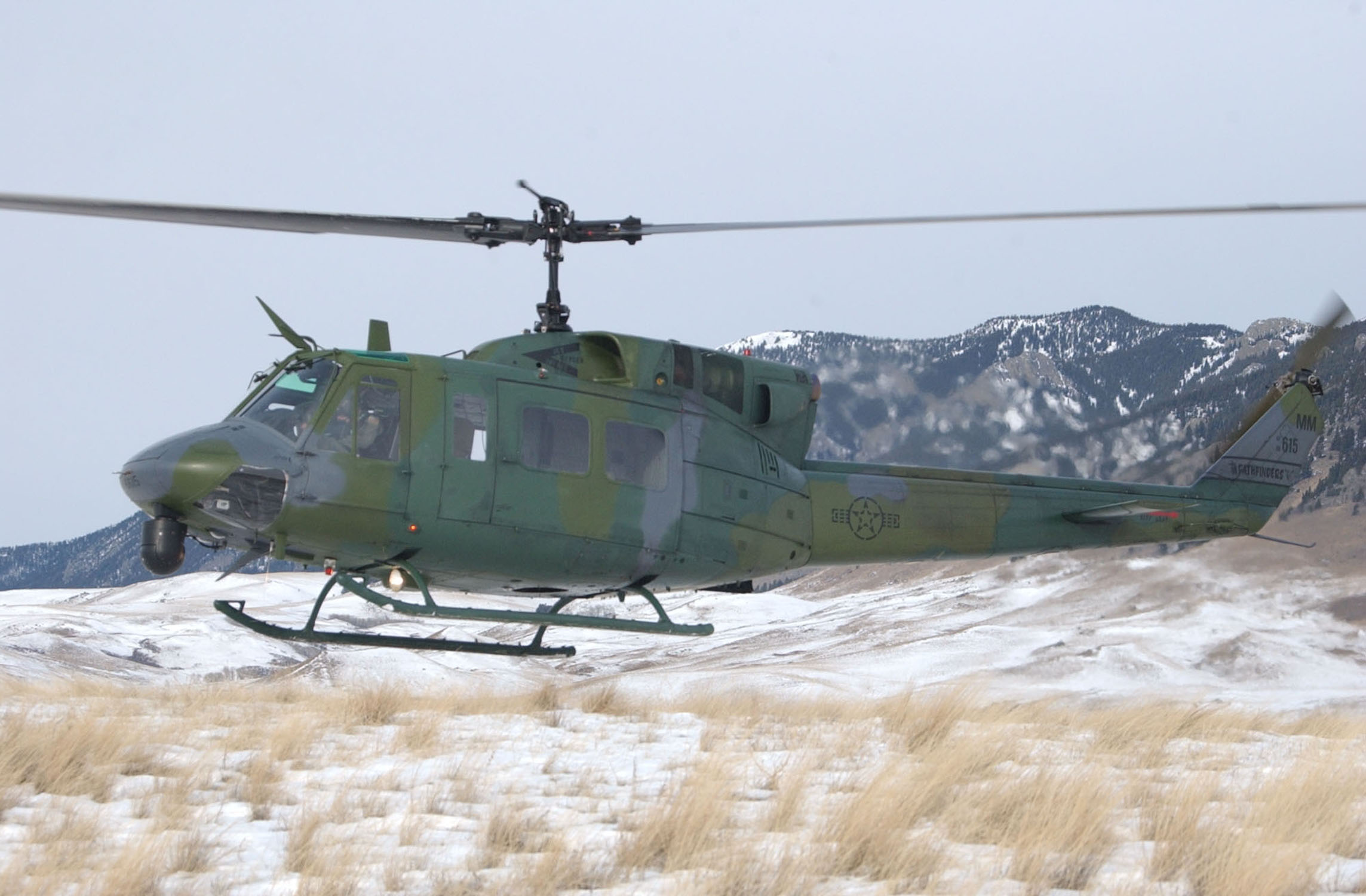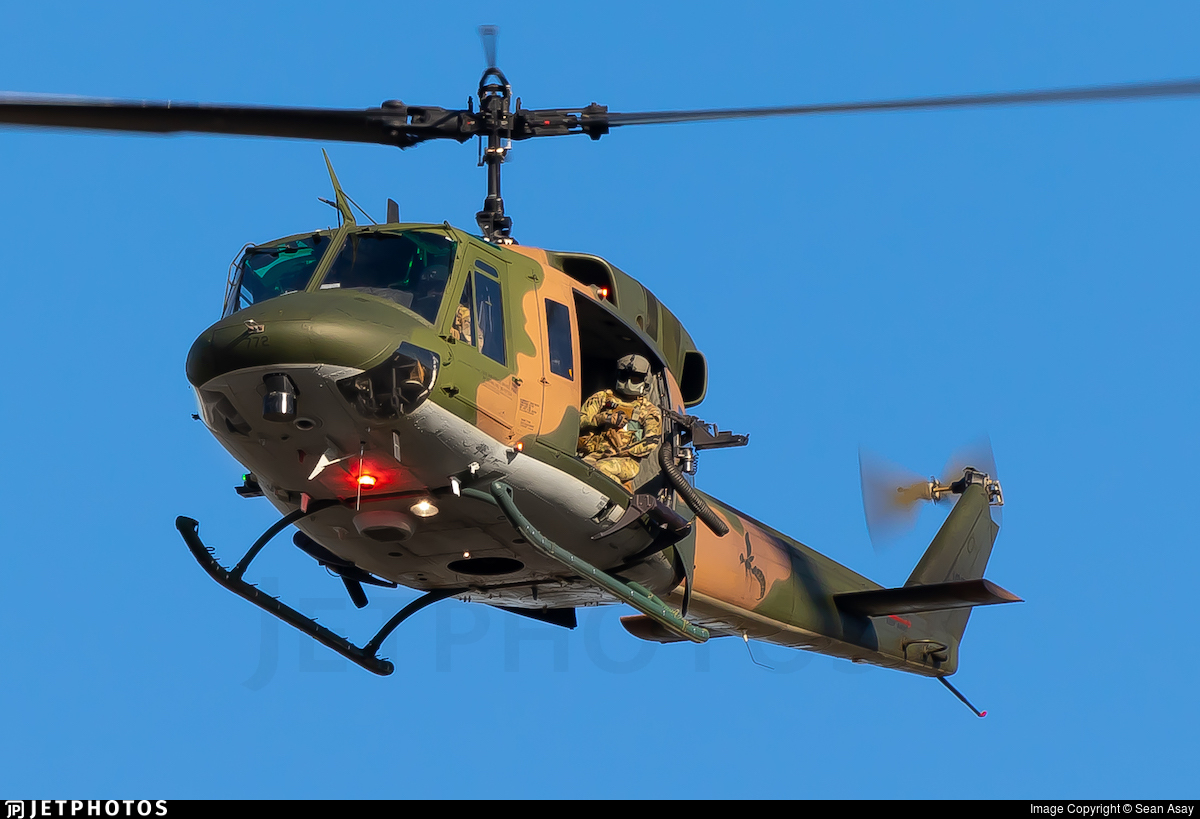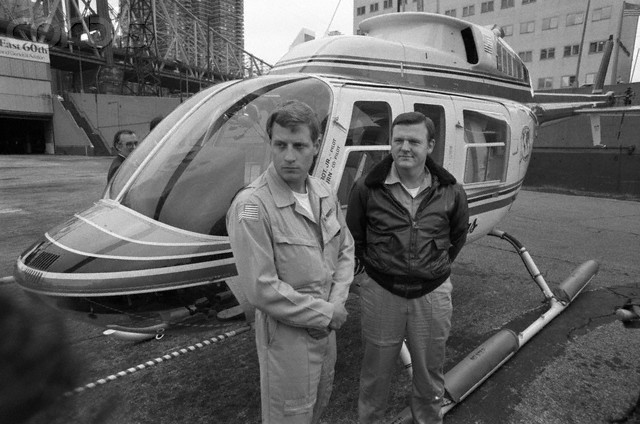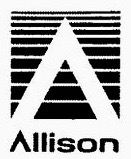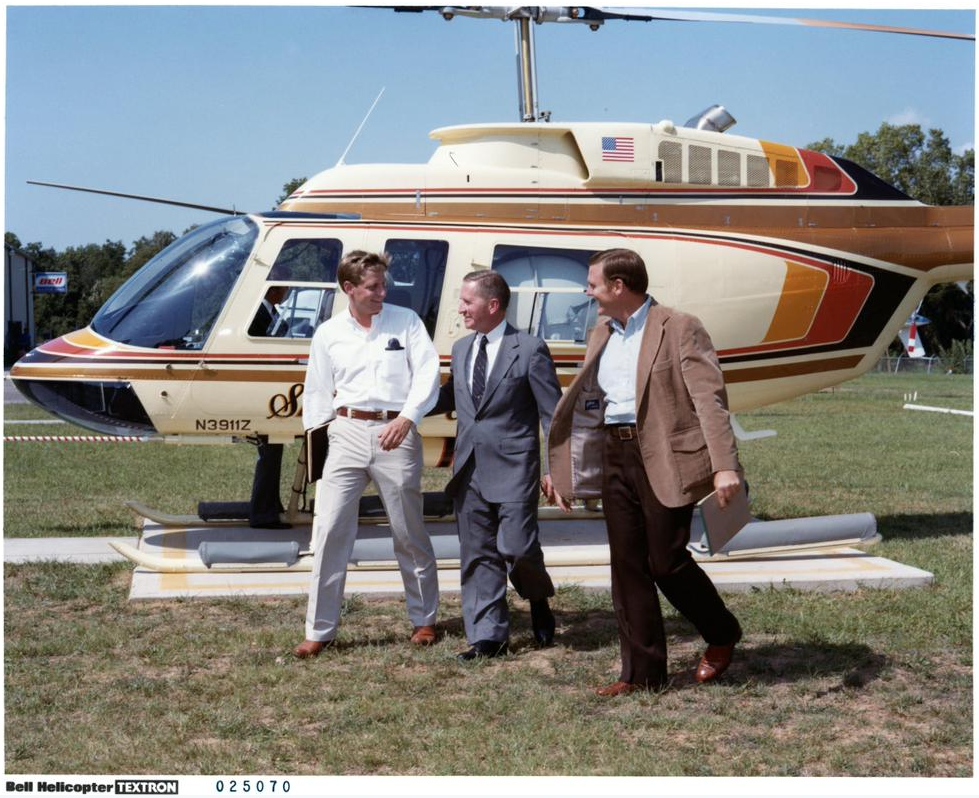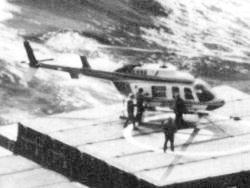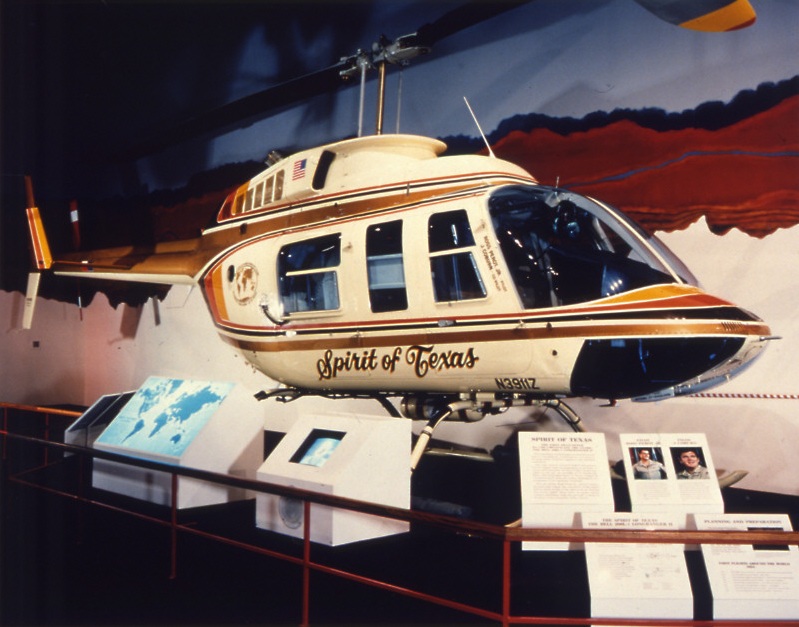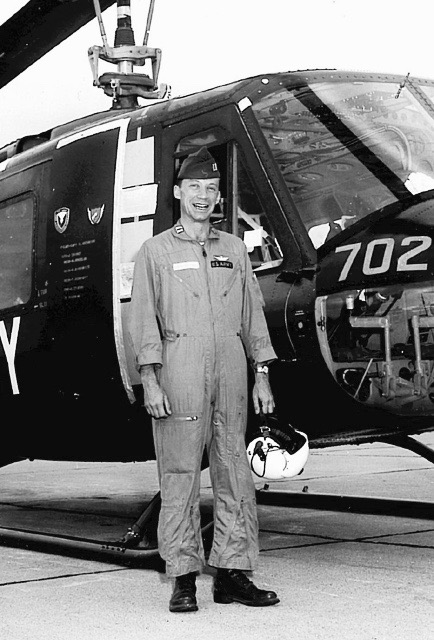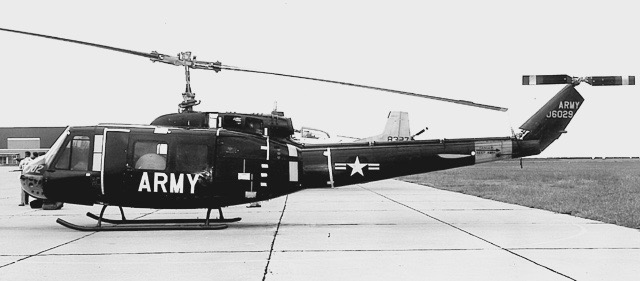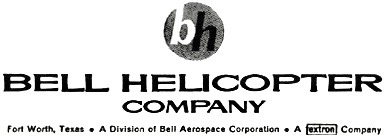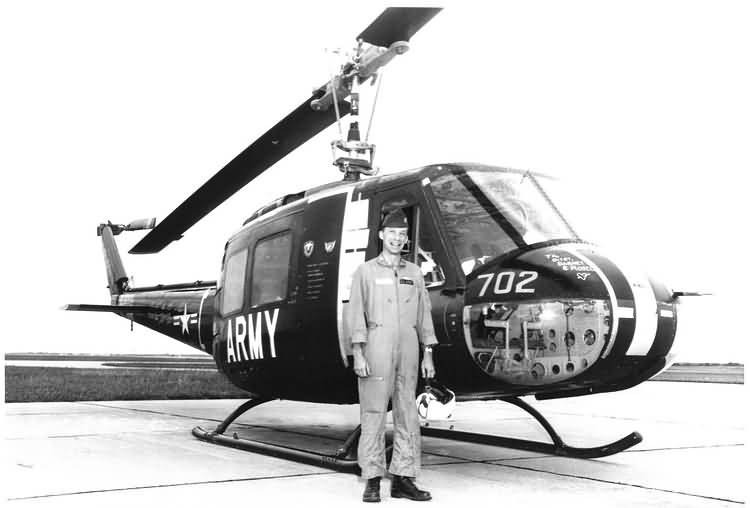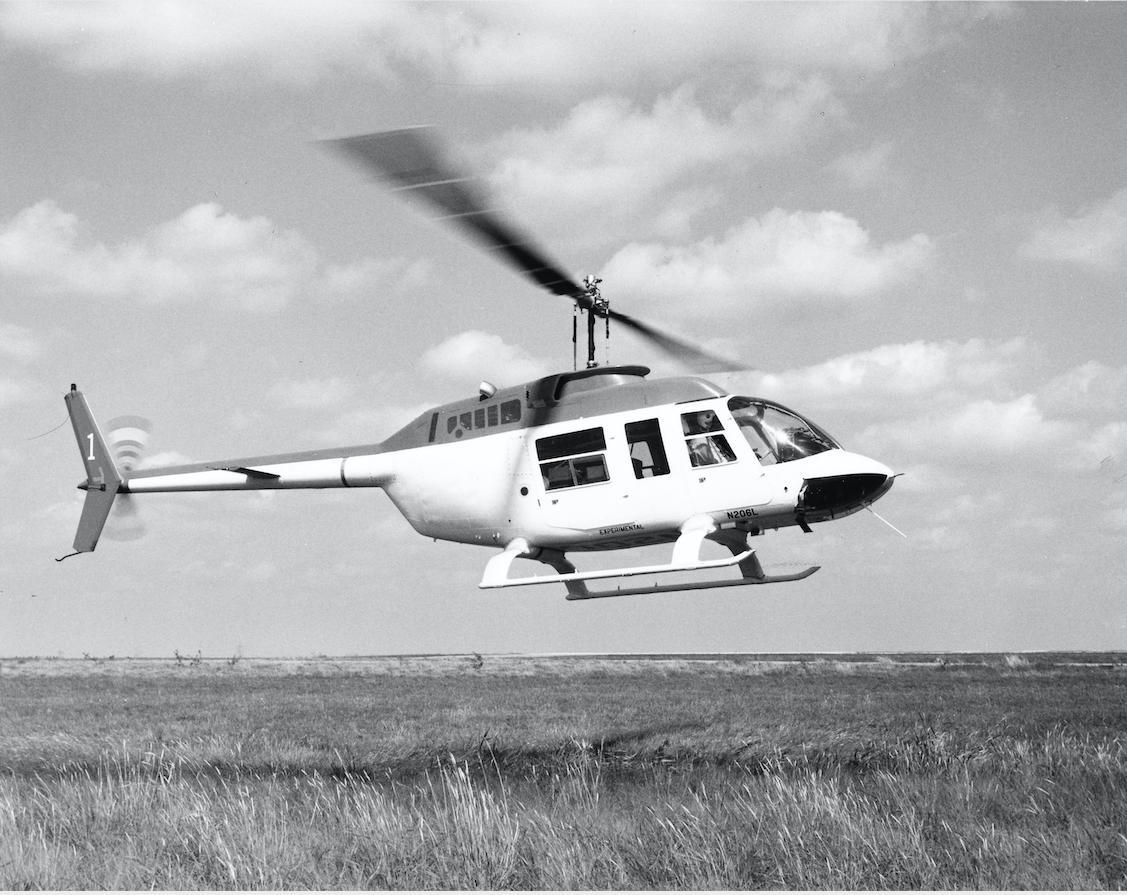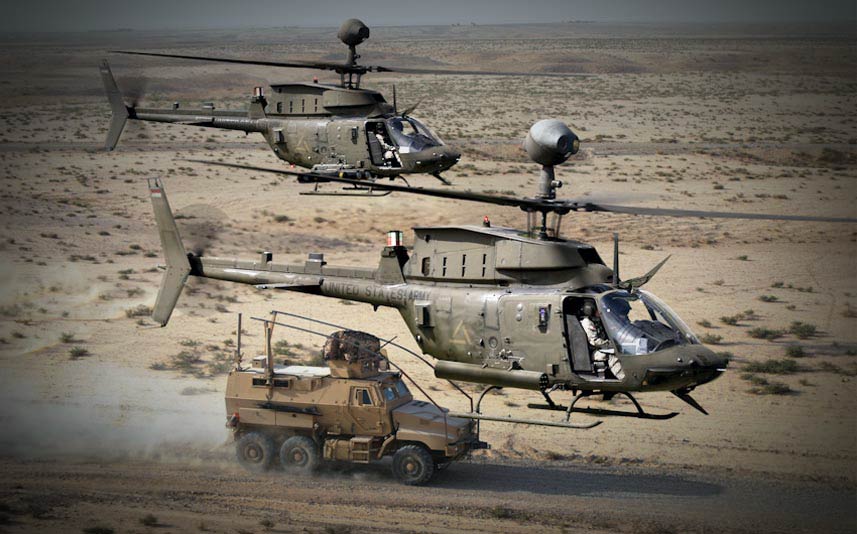
![]() 6 October 1983: First flight of the Bell Helicopter Company Model 406/OH-58D Kiowa reconnaissance helicopter. Developed from the earlier Model 206/OH-58A and OH-58C Kiowa, the D model features a four-blade composite main rotor, an upgraded engine and transmission, and improved avionics. The most visible features are the spherical mast-mounted sighting system above the main rotor and much larger engine/transmission cowling, or “dog house.”
6 October 1983: First flight of the Bell Helicopter Company Model 406/OH-58D Kiowa reconnaissance helicopter. Developed from the earlier Model 206/OH-58A and OH-58C Kiowa, the D model features a four-blade composite main rotor, an upgraded engine and transmission, and improved avionics. The most visible features are the spherical mast-mounted sighting system above the main rotor and much larger engine/transmission cowling, or “dog house.”
The helicopter was designed with very low level, “nap-of-the-Earth,” (NOE) flight, using terrain and trees for cover. The four-bladed rotor provides more lift and increased responsiveness over the two-bladed semi-rigid rotor of the OH-58A and C.
The mast-mounted sight allows the helicopter to hover behind terrain or trees with just the sight exposed. The sight contains television, thermal imaging and laser range-finding and target designation equipment.
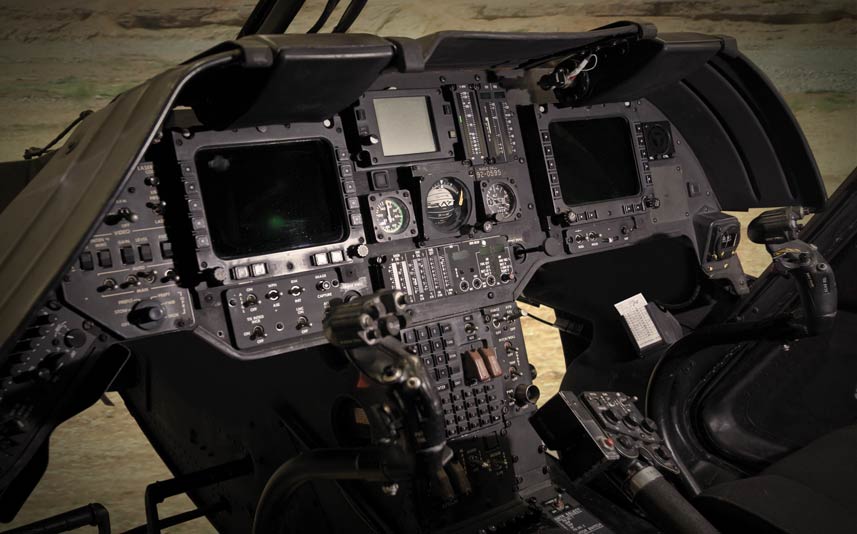
Operated by two pilots, the Bell OH-58D Kiowa is 42 feet, 2 inches (12.852 meters) long, with rotors turning. The four-bladed composite main rotor has a diameter of 35 feet (10.668 meters). As is customary with American-designed helicopters, the main rotor turn counter-clockwise as seen from above. (The advancing blade is on the right side of the aircraft.) The two-blade semi-rigid tail rotor is mounted on the left side of the tail boom and turns clockwise when seen from the left. (The advancing blade is below the tail boom.) The overall height of the OH-58D is 12 feet, 10–5/8 inches (3.928 meters). Empty weight of the helicopter is about 3,500 pounds (1,588 kilograms), depending on installed equipment. This is approximately 15% greater than the maximum gross weight of the OH-58A. The OH-58D has a maximum gross weight of 5,500 pounds (2,495 kilograms).
 Power for the Kiowa is supplied by a Rolls-Royce T703-AD-700A (Allison 250-C30R3) turboshaft engine which produces 750 shaft horsepower. The main transmission is limited to transient input of 637 shaft horsepower.
Power for the Kiowa is supplied by a Rolls-Royce T703-AD-700A (Allison 250-C30R3) turboshaft engine which produces 750 shaft horsepower. The main transmission is limited to transient input of 637 shaft horsepower.
The helicopter can be armed with a fixed, remotely-fired, M3P .50-caliber (12.7 mm) machine gun, a pod carrying seven 2.75-inch (70 mm) rockets, or two AGM-114 Hellfire antitank guided missiles.
The OH-58D has a cruise speed of 95 knots (109 miles per hour/176 kilometers per hour) when armed. Its range is 140 nautical miles (161 miles/259 kilometers). The hover ceiling in ground effect (HOGE) at +15 °C. is 7,500 feet MSL (2,286 meters).
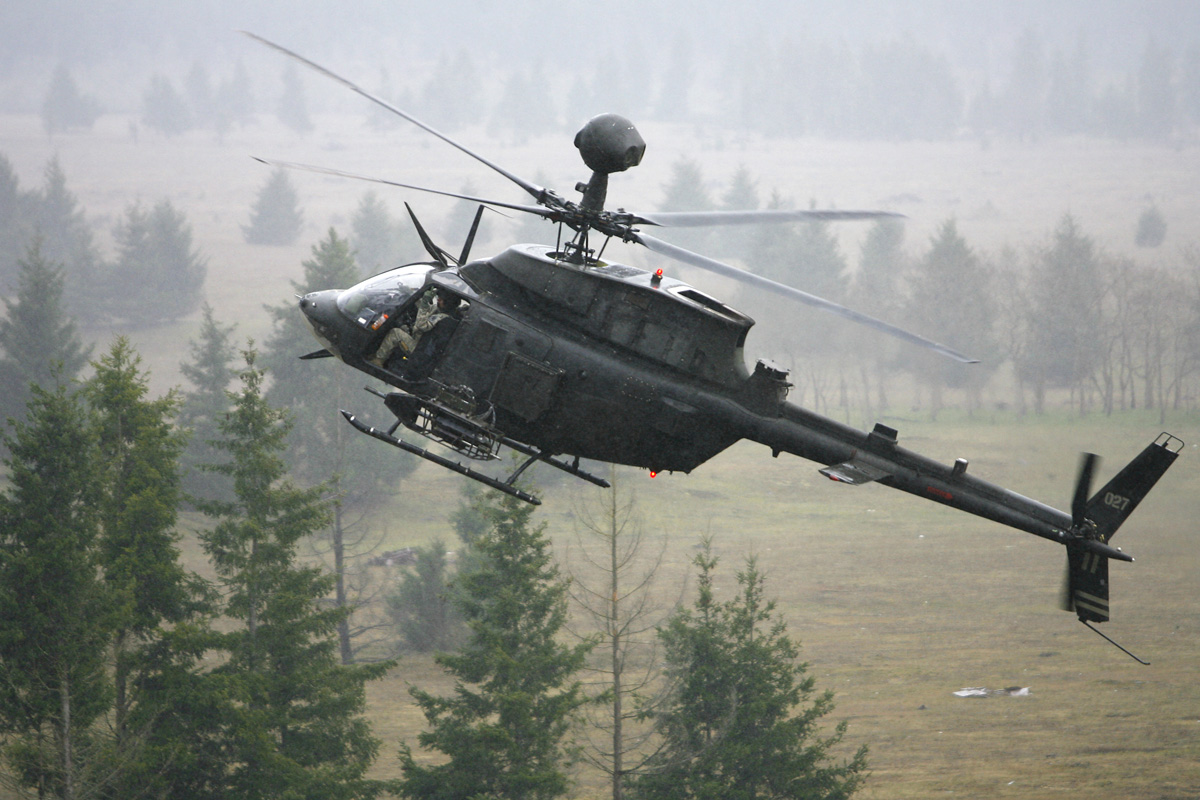
© 2015, Bryan R. Swopes
